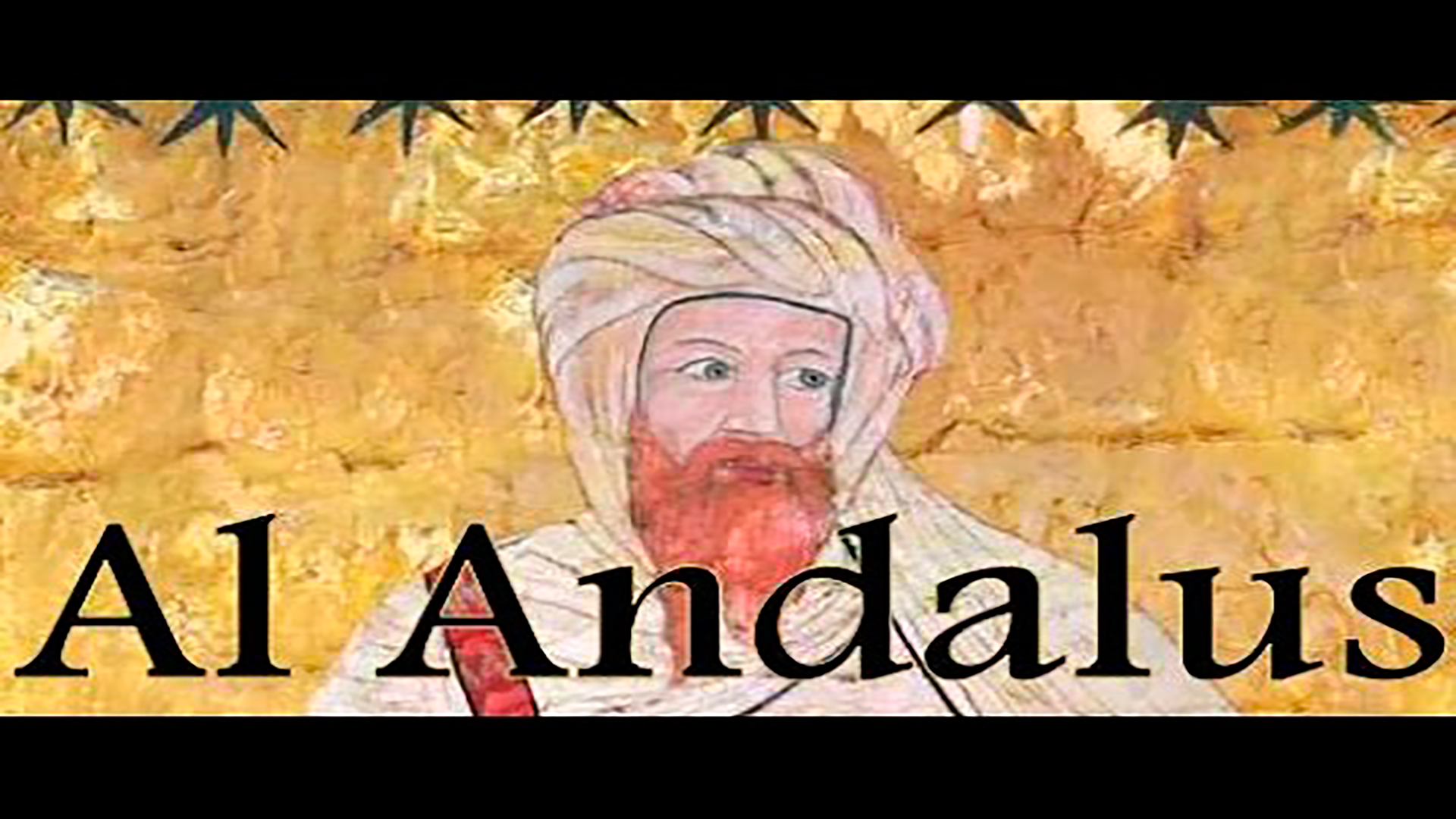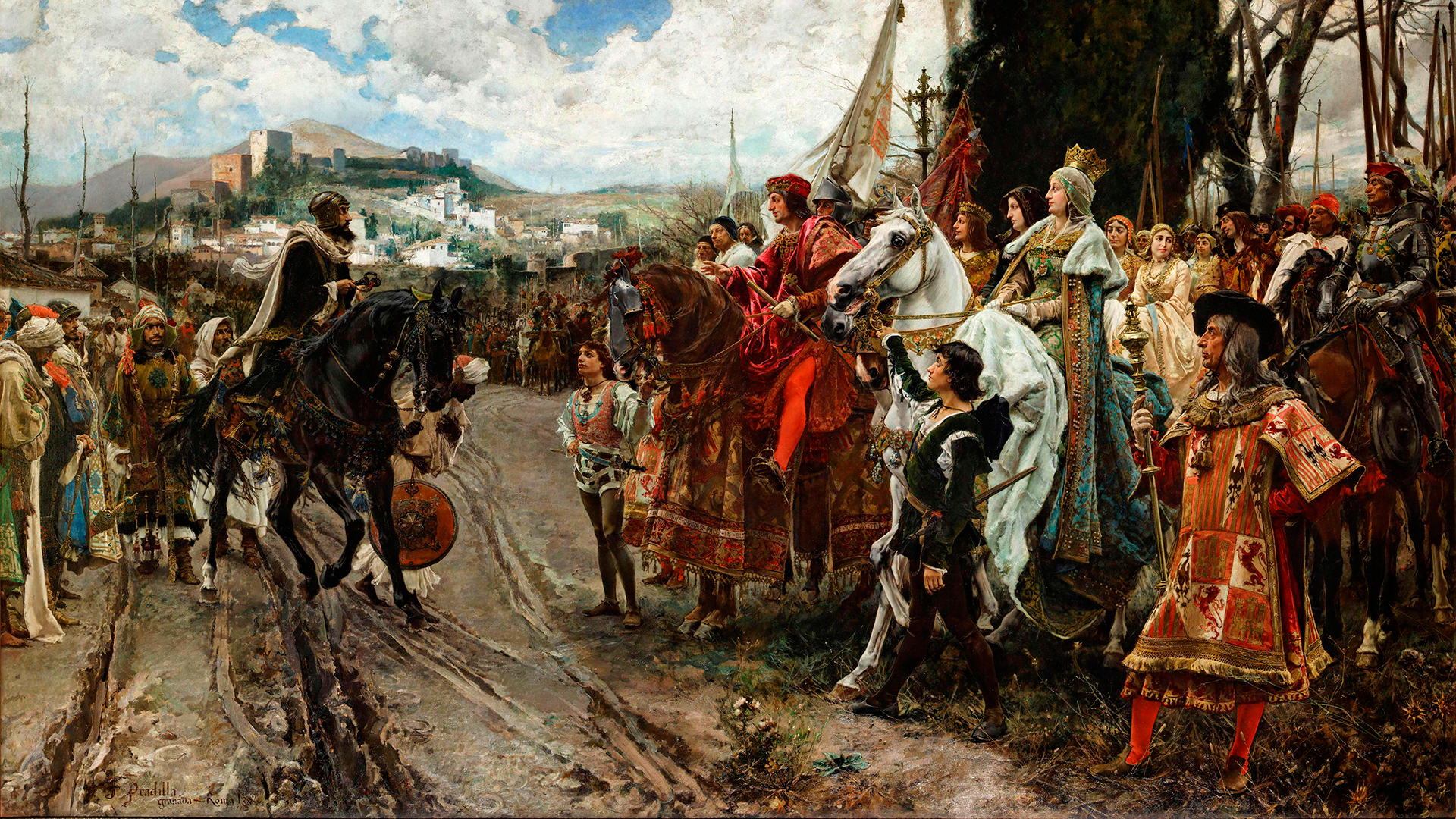Flamenco is a complex musical and cultural tradition. It’s one of Spain most representative form of art. Many regions had made their contribution to flamenco evolution, such as Andalucia, Murcia, Extremadura and of course, Barcelona, who have contributed to the development of a potent musical industry and have seen born a great number of world-class artists. However, the real roots are not known precisely, but normally the history acknowledged that flamenco grew out of a native Gypsies, Islamic, Jewish and Christian influence. Latin America and especially Cuba have been also very important to shape diverse musical forms. When the seed of flamenco were planted in Spain, it became so big it formed a culture by its own. This seductive mysteries are also even involved with the name “flamenco”, which the true origin of the very word is a mystery. However, in the XIX century people started to use this word to describe a way of life focused on the Gypsies.

Details and important facts
Many of the details of flamenco history are lost in time, existing several reasons why we lack of this historical evidence. Many of the details of the development of flamenco are lost in Spanish history. There are several reasons for this lack of historical evidence:
-
Flamenco came from the lower levels of Spanish society, lacking of the prestige among the upper classes. A music that represented the spirit of desperation, struggle, hope and pride during its persecution.
-
The fact it has influence from the Gypsies, Arabs, Jews and Christians makes harder to really now the roots and soul of flamenco, and to that we must add the terrible Spanish inquisition in 1492.
-
The gypsies gave been the most representative culture that maintained and evolved this art form, passing through generations their performances in the community.

Spain after the Christian Reconquista and music
The fifteenth century marked a small revolution in the culture and society of Spain. The following landmarks each had future implications on the development of flamenco: first, the arrival of nomad Gypsies in the Iberian Peninsula in 1425 (Grande, 2001); then the conquest of Granada, the discovery of America and the expulsion of the Jews, all of them in 1492. Granada, the last Muslim stronghold in the Iberian Peninsula, fell in 1492 when the armies of the Catholic Monarchs Ferdinand II of Aragon and queen Isabella of Castile invaded this city. The Treaty of Granada guaranteed religious tolerance, and this paved the way for the Moors to surrender peacefully. Months after, the Spanish Inquisition used its influence to convince Ferdinand and Isabella, who were political allies of the Church of Rome, to break the treaty and force the Jews to either convert to Christianity or leave Spain. The Alhambra decree of March 31, 1492 ordered the expulsion of all non-converted Jews from Spain and its territories and possessions by July 31, 1492, on charges that they were trying to convert the Christian population to Judaism. Some chose to adopt the Catholic religion (Conversos), but they often kept their Judaic beliefs privately. The Moors rose up on several occasions during the sixteenth century, and were finally expelled from Spain at the beginning of the seventeenth century. However, during the fifteenth century groups of Gypsies, known as “Gitanos” in Spain, entered the Iberian Peninsula. The Spanish nobles enjoyed their dances and music, and they were regularly employed to entertain guests at private parties. The Gypsies, therefore, were in touch with the Moors population until the expulsion of the latter in the sixteenth century. The clash between Gypsy and the Spanish would be manifest by the end of the century. For centuries, the Spanish monarchy tried to force the Gypsies to abandon their language, customs and music. During the Reconquista period, tolerance towards Gypsies ended as they were put into ghettos. This isolation helped them retain the purity of their music and dance. In 1782, their music and dance was reintroduced and adopted by the general population of Spain. This resulted in a period of great exploration and evolution within the art form. Nomadic Gypsies became social outcasts and were in many cases the victims of persecution. This is reflected in many in which references to hunger, prison and discrimination abound.

The rise of flamenco
During the eighteenth and nineteenth centuries, flamenco took on a number of unique characteristics which separated it from local folk music and prepared the way to a higher professionalization and technical excellence of flamenco performers. The first time flamenco is mentioned in literature is in 1774 in the book called “Cartas Marruecas” by José Cadalso. During this period, according to some authors, there is little news about flamenco except for a few scattered references from travelers .Nowadays, we know that there are hundreds and hundreds of data which allow us to know in detail what flamenco was like from 1760 until 1860, and there we have the document sources: the theatre movement of “sainetes” and “tonadillas”, the popular songbooks and song sheets, the narrations and descriptions from travelers describing customs, the technical studies of dances and toques, the musical scores, the newspapers, the graphic documents in paintings and engravings; and all of this with no interruptions, in continuous evolution together with the rhythm, the poetic stanzas, and the ambience.

The Golden Age
During Golden Age of Flamenco, in the year 1869 up to 1970, flamenco music developed rapidly in music cafés called “cafés cantantes”, a new type of venue with ticketed public performances. This was the beginning of the "cafe cantante" period. Flamenco was developed here to its definitive form. Flamenco dancers also became the major public attraction in those cafés. Along with the development of flamenco dance, guitar players supporting the dancers increasingly gained a reputation, and so flamenco guitar as an art form by itself was born. The “cafe cantante” offered set performances at set hours and top artists were contracted to perform. For some, this professionalization led to commercialism, while for others it stimulated healthy competition and therefore, more creativity and technical proficiency.
In the nineteenth century, both flamenco and its association with Gypsies started to become popular throughout Europe, even into Russia. Composers wrote music and operas on what they thought were Gypsy-flamenco themes. Any traveler through Spain “had” to see the Gypsies perform flamenco. This interest was in keeping with the European fascination with folklore during those decades. In 1922, one of Spain's greatest writers, Federico Garcia Lorca, and renowned composer Manuel de Falla, organized the “Concurso de Cante Jondo”, a folk music festival dedicated to “cante jondo”(deep song)”. They did this to stimulate interest in some styles of flamenco which were falling into oblivion as they were regarded as noncommercial and, therefore, not a part of the “cafés cantante”.
The flamenco of today
After many centuries of shaping and constantly evolving into one of the most rich art of form in the world, proclaimed national heritage by UNESCO, now a days preserves its identity, even though many musical fusion and innovations have re-invented o created new music genres related, the traditional flamenco remains as the true roots and soul and the most impressive performance to see.
Of what is flamenco composed?
Flamenco is composed by the “toque”—the playing of the flamenco guitar, the “cante” (singing), and the “baile (dancing)”
Toque
“El Toque” is main instrument is the flamenco guitar, which is a descendent from the lute. The first guitars are thought to have originated in Spain in the fifteenth century. The traditional flamenco guitar is made of Spanish cypress and spruce, and is lighter in weight and a bit smaller than a classical guitar, to give the output a 'sharper' sound. The flamenco guitar, in contrast to the classical, is also equipped with a barrier, called a “golpeador”.
Cante
“El Cante” although to the uninitiated, flamenco seems totally extemporaneous, these “cantes (songs)” and “bailes (dances)” follow strict musical and poetic rules. The “verses (coplas)” of these songs often are beautiful and concise poems.
Baile
“El Baile” flamenco is a highly-expressive solo dance, known for its emotional sweeping of the arms and rhythmic stomping of the feet. While flamenco dancers (bailaors and bailaoras) invest a considerable amount of study and practice into their art form, the dances are not choreographed, but are improvised along the palo or rhythm.
Palos
Flamenco music styles are called palos in Spanish. There are over 50 different palos flamenco, although some of them are rarely performed. A palo can be defined as musical form of flamenco. Flamenco songs are classified into palos based on several musical and non-musical criteria such as its basic rhythmic pattern.
Flamenco artists
Flamenco occurs in two types of settings. The first, the juerga is an informal gathering where people are free to join in creating music. This can include dancing, singing, palmas (hand clapping), or simply pounding in rhythm on an old orange crate or a table. Flamenco, in this context, is very dynamic: it adapts to the local talent, instrumentation, and mood of the audience or the professional concert is more formal and organized.
https://www.youtube.com/watch?v=_dBQBGdz8cg




